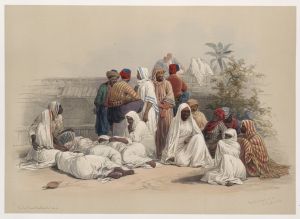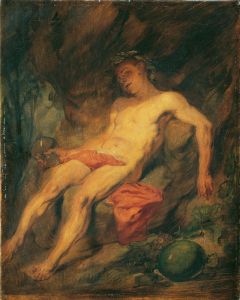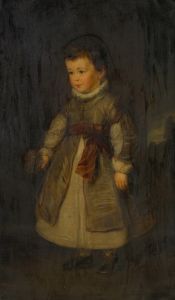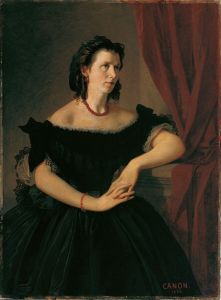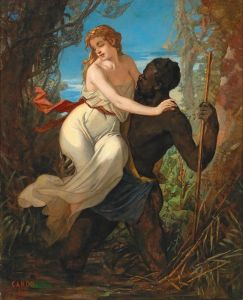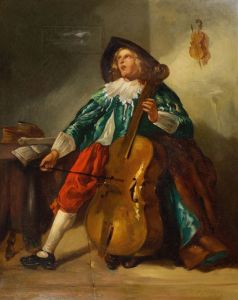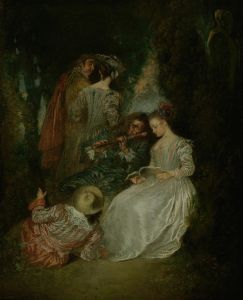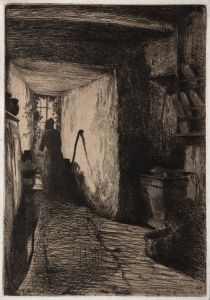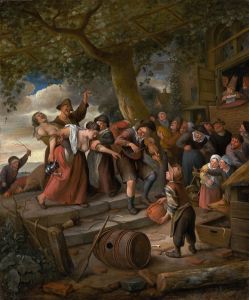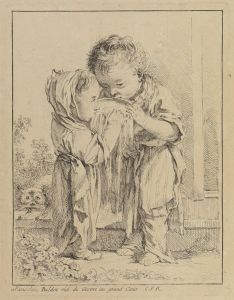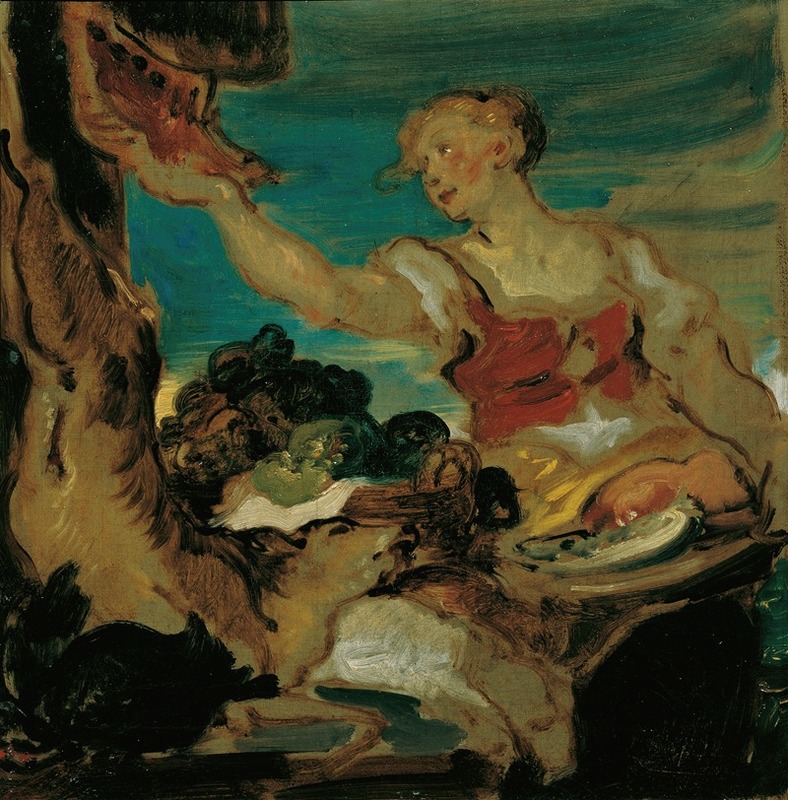
Wildbretverkäuferin
A hand-painted replica of Hans Canon’s masterpiece Wildbretverkäuferin, meticulously crafted by professional artists to capture the true essence of the original. Each piece is created with museum-quality canvas and rare mineral pigments, carefully painted by experienced artists with delicate brushstrokes and rich, layered colors to perfectly recreate the texture of the original artwork. Unlike machine-printed reproductions, this hand-painted version brings the painting to life, infused with the artist’s emotions and skill in every stroke. Whether for personal collection or home decoration, it instantly elevates the artistic atmosphere of any space.
Hans Canon, an Austrian painter known for his historical and genre scenes, created the painting "Wildbretverkäuferin" in the 19th century. The title of the painting translates to "The Game Seller" in English, which provides insight into the subject matter depicted in the artwork. Canon's work often reflects a keen interest in capturing everyday life and the social dynamics of his time, and "Wildbretverkäuferin" is no exception.
The painting portrays a female game seller, a common figure in 19th-century European markets. This subject matter aligns with Canon's tendency to depict scenes that highlight the roles and occupations of ordinary people. The game seller is shown with a variety of game meats, which were popular and sought-after commodities in European cuisine during this period. The depiction of the game seller not only serves as a representation of a specific trade but also offers a glimpse into the economic and social aspects of the time.
Hans Canon, whose real name was Johann Baptist Strašiřipka, was born on March 15, 1829, in Vienna, Austria. He studied at the Academy of Fine Arts in Vienna and later in Düsseldorf, where he was influenced by the Düsseldorf school of painting, known for its detailed and realistic approach. Canon's works are characterized by their meticulous attention to detail and vibrant use of color, which can be seen in "Wildbretverkäuferin."
Throughout his career, Canon was known for his ability to capture the essence of his subjects, whether they were historical figures, mythological scenes, or everyday people. His paintings often reflect a blend of realism and romanticism, a style that was prevalent in 19th-century European art. Canon's work gained recognition not only for its technical skill but also for its ability to convey the character and mood of the scenes he depicted.
"Wildbretverkäuferin" is an example of Canon's genre painting, a category of art that focuses on scenes from everyday life. Genre paintings were popular in the 19th century as they provided viewers with relatable and often nostalgic depictions of daily activities. Canon's choice to portray a game seller highlights the importance of market life and the role of women in the economy during this era.
Hans Canon's contributions to art were recognized during his lifetime, and he received several commissions for public works, including murals and portraits. He passed away on September 12, 1885, in Vienna, leaving behind a legacy of diverse and influential artworks.
While specific details about "Wildbretverkäuferin" such as its current location or the exact date of its creation might not be widely documented, the painting remains an important part of Canon's oeuvre. It exemplifies his skill in capturing the vibrancy and texture of 19th-century life, offering viewers a window into the past through the lens of a talented and observant artist.





